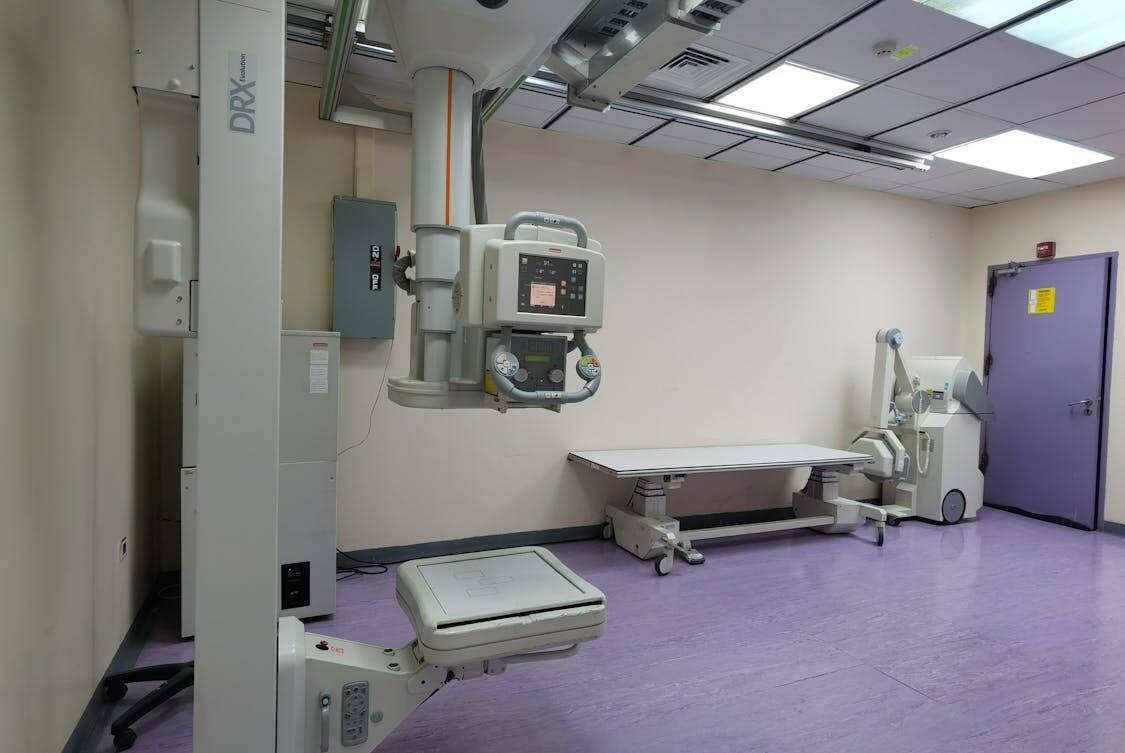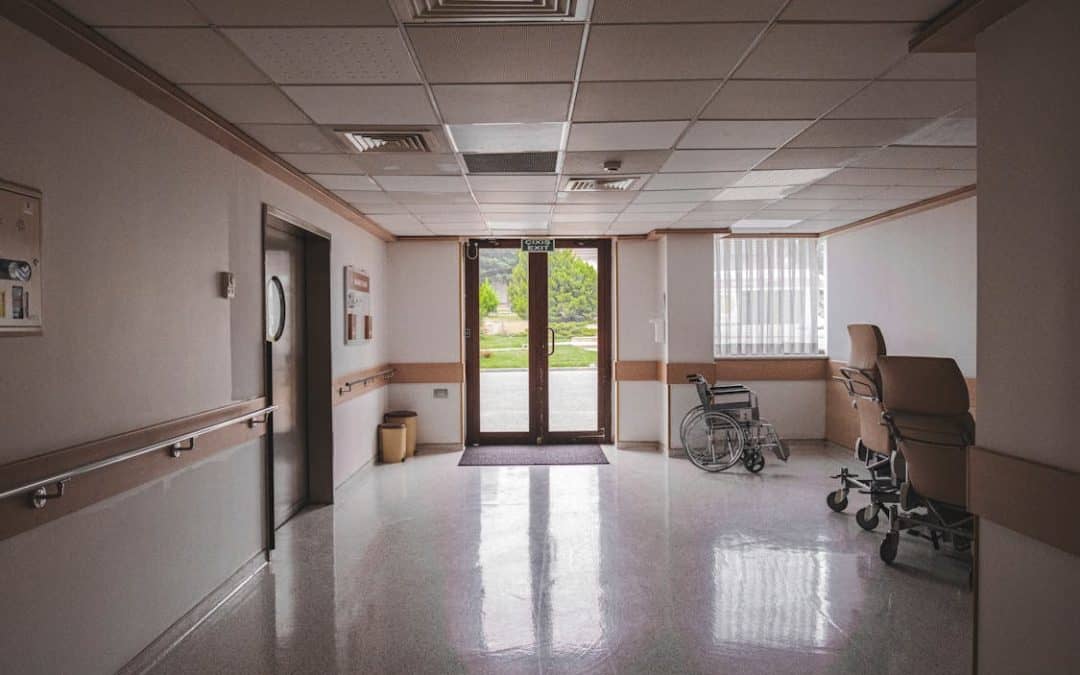When choosing flooring solutions for industrial or commercial spaces, epoxy and polished concrete are both strong contenders. Each option offers unique benefits, appealing to different needs and preferences. Let’s explore these choices and see how they stack up against one another.
What is Epoxy Flooring?
Epoxy flooring is a high-performance surface created by mixing resin and hardener. This combination results in a durable and chemically resistant layer that can be applied over a variety of substrates.
One of the most appealing aspects of epoxy is its versatility. It can be customized with various colors, textures, and finishes.
Installation of epoxy floors generally involves cleaning the surface, applying a primer, and then layering the epoxy mixture. This process creates a seamless finish that’s easy to maintain.
Epoxy is particularly favored in environments like warehouses, garages, and hospitals due to its resistance to spills and stains.
The Beauty of Polished Concrete Floors
Polished concrete floors are achieved through a process of grinding and polishing the concrete surface. This method not only enhances the aesthetic appeal but also improves the floor’s durability.
Polished concrete can reflect light effectively, creating a bright and open atmosphere in a space.
This flooring option is typically chosen for retail stores, offices, and residential areas. The shine that comes from polished concrete can be adjusted to different levels, from a subtle sheen to a high-gloss finish.
Moreover, it can integrate with various design styles, making it a versatile choice.
Durability: A Key Factor
When it comes to durability, both epoxy and polished concrete offer significant longevity. Epoxy flooring is known for its hardness and ability to withstand heavy traffic without showing signs of wear. It’s especially beneficial in areas with heavy machinery or foot traffic.
On the other hand, polished concrete is also highly durable. Its resistance to chipping, scratching, and staining makes it a reliable flooring choice.
However, while polished concrete can handle typical wear and tear, it may not be as resistant to harsh chemicals compared to epoxy.
Maintenance: Keeping It Clean

Maintenance is a primary concern for many when selecting flooring. Epoxy floors are relatively easy to clean. A simple routine of sweeping and mopping with a mild detergent keeps them looking fresh.
Their seamless nature means there are no joints or grout lines where dirt and grime can accumulate.
Polished concrete also requires minimal upkeep. Regular sweeping and the occasional re-polishing can keep the surface looking great. However, without proper sealing, polished concrete may absorb spills, leading to staining. This is where the right sealant plays a crucial role in maintaining its appearance.
Installation Process: Time and Expertise
The installation process for both flooring types varies significantly. Epoxy flooring typically requires a professional application. The process can take a few days, considering the need for proper curing times.
Temperature and humidity may also influence the application, making it essential to choose the right time for installation.
Conversely, polished concrete installation can take less time, especially if the concrete slab is already in place. This process involves grinding down the surface, which may require specialized equipment and expertise.
If you’re unsure where to start, it’s wise to consult professional epoxy installers in St. Pete who can guide you through the right products and installation techniques for your space. The timeline can be shorter than epoxy, but skilled labor is still a must to achieve a high-quality finish.
Aesthetic Appeal: Style and Customization
Aesthetically, epoxy flooring shines with its vibrant colors and custom designs. Whether you’re aiming for a sleek, modern look or something more artistic, epoxy can be tailored to meet various visions. Decorative flakes, metallic finishes, and patterns add to its visual appeal.
Polished concrete, while more limited in color options, brings a raw, industrial charm. Its natural look appeals to many modern design preferences. Stains and dyes can enhance polished concrete, allowing for some creativity, but it may not reach the same level of customization as epoxy.
Cost Considerations: Budgeting for Floors
Cost is often a deciding factor. Epoxy flooring tends to be more expensive upfront due to its material costs and installation complexity. However, the durability and low maintenance can justify the investment in the long run.
Polished concrete often comes in at a lower initial cost, especially if the concrete slab is already in place. That said, the final price can rise significantly if extensive grinding and polishing are required. The choice between the two might come down to the budget and long-term flooring needs.
Environmental Impact: Going Green
For those concerned about sustainability, both options have their merits. Epoxy flooring can be produced with lower volatile organic compounds (VOCs), making it a greener choice if sourced carefully.
Polished concrete is inherently sustainable, as it utilizes existing materials and requires less energy in the polishing process. It also reflects light, which can help reduce lighting costs. Choosing between the two could depend on personal environmental values and priorities.
Slip Resistance: Safety First
Safety is paramount in any workspace. Epoxy floors can be made slip-resistant through various additives, making them suitable for areas prone to spills. This characteristic is a significant reason they’re often found in garages and industrial settings.
Polished concrete can also be treated to improve traction, but naturally, it has a smoother surface. Therefore, extra care is often taken in areas where water or grease might be present to prevent accidents.
Noise Control: Sound Levels Matter
Sound absorption is another point to consider. Epoxy flooring can be quite loud underfoot, especially in high-traffic areas. The hard surface does not dampen sound well, which could be a consideration for spaces where noise levels need to be managed.
Polished concrete tends to be quieter, especially in larger spaces. Its ability to absorb sound can create a more pleasant environment, particularly in open-plan settings.

